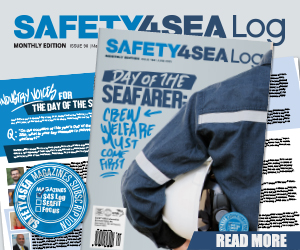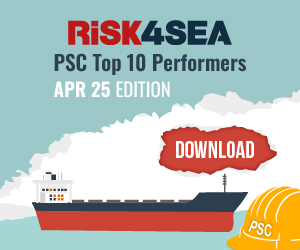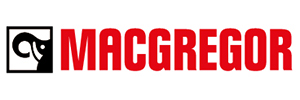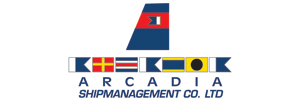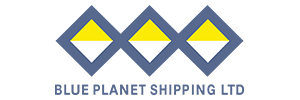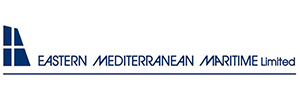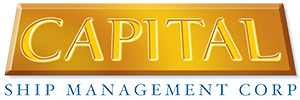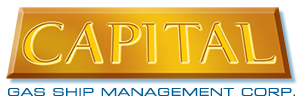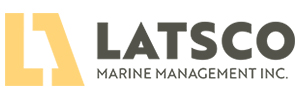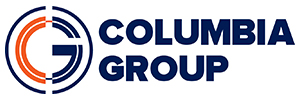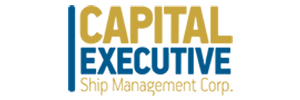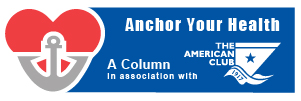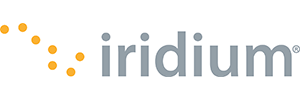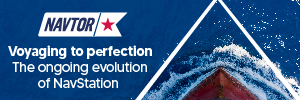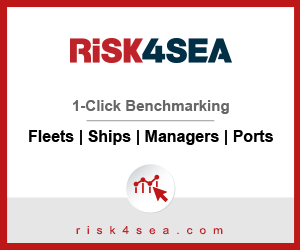ICCT Working Paper
The International Council on Clean Transportation (ICCT) has recenlty issued a Working Paper based on a survey of technical literature and industry reports which assess equipment costs, environmental side effects, urea and catalyst availability and disposal, and the overall system costs of SCR in the marine sector
ICCT paper investigates the current status of selective catalytic reduction (SCR), a technology that is key to meeting Tier III requirements. Challenges and costs of the technology, including applicability to various engine and vessel types, potential environmental side effects, urea and catalyst availability and disposal, and anticipated system costs, are discussed. Based on this evaluation of technological capabilities and history of successful application of SCR technology to maritime vessels, no substantial equipment, supply chain, or cost barriers exist that would necessitate the delay of IMO’s Tier III requirements.
| In 2008 the Marine Environmental Protection Committee (MEPC) of the International Maritime Organization (IMO) agreed upon progressively stricter limitations for nitrogen oxide (NOx) emissions from vessels based on their date of engine installation, with the strictest Tier III requirements to take effect in designated Emission Control Areas (ECA) beginning in 2016. At MEPC-66 in April 2014, an amendment that would delay the introduction of the Tier III standards to 2021 will be considered based on concerns arising from perceived equipment, supply chain, and cost barriers raised at MEPC-65 |
NOx Limits in MARPOL Annex VI
| Tier | Effective Date | NOx Limit (g/kWh) | ||
| N < 130 | 130 <=N<2000 | N > 2000 | ||
| Tier I** | 2000 | 17 | 45*n-0.2 | 9.8 |
| Tier II | 2011 | 14.4 | 44*n-0.2 | 7.7 |
| Tier III*** | 2016 | 3.4 | 9*n-0.2 | 1.96 |
“n” refers to rated engine speed (rpm)
* Excluding ships with marine diesel engines less than 130 kW or shipssolely for emergency purposes
** Annex VI entered into force in 2004, but it applies retroactivelyto new engines larger than 300 kW installed on ships on or afterJanuary 1, 2000
*** Tier III applies only in emission control areas
Overview of SCR in marine applications
SCR is the only technology currently available toachieve compliance with the Tier III NOX standards forall applicable engines

Other technologiescan either achieve Tier II standard or achieve Tier IIIstandard for only a subset of applicable engines. SCRhas been recognized as one of the most promisingmeans of controlling NOX by a variety of countries andregulatory authorities. State-of-the-art SCR systemsare capable of reducing NOX emissions by more than90% under certain conditions. Furthermore, SCR hasproven popular with equipment manufacturers becauseit allows NOx control with little or no fuel efficiencypenalty, and sometimes a net benefit. This occursbecause manufacturers can tune their engines formaximum fuel efficiency and use SCR to clean up theresulting “engine out” NOX. Today, SCR is a well-proven technology with over 500applications in the marine sector in 2013
A number of manufacturing companies have invested in SCR in the 25 years since it was first applied to marine vessels. A significant number of companies based in Europe, the US and Asia are delivering marine SCR technologies capable of meeting current and future NOXreduction requirements. Table below presents a non- exhaustive list of companies pursuing engine, SCR and catalyst technologies. These companies supply full SCR systems, components, reagent, or some combination of the three.The collaborations between engine designer, builder andcatalyst designer facilitate the development and deliveryof a complete emissions reduction system
| Engine Technologies | SCR and Catalyst Technologies |
| Wartsila | Haldor Topsoe |
| MAN | Johnson Matthey |
| MTU | Hitachi Zosen |
| ABC | Panasia |
| Bergen Engines | Tenneco |
| Yanmar | Cormetech |
| Hitachi Zosen | Ceram (Ibiden Group) |
| Mitsubishi Heavy Industry | Nano |
| Mitsui | Dansk Teknologi |
| Himsen | Mecmar |
| Daihatsu | HUG Engineering |
CSR System Costs
Growth and development in CSR technology have been seen in areas such as stationary power plants where industrial SCR systems are similar to marine diesel systems. In all applications over time, production advances in the use of industrial SCR technology has been seen to reduce capital costs. Additionally, stabilization of costs of materials with increased demand suggests an increase in SCR suppliers, which is creating competition in the market, driving technology innovation and overall decreases in capital cost. This results in higher availability of SCR at more reasonable costs.
The International Association for Catalytic Control ofShip Emissions to Air (IACCSEA) developed a costestimation model for SCR installation and operation.Application of the model provides a sample calculationthat is indicative of the ranges of costs and benefitsanticipated for marine SCR applications. Using theexample of a 10 MW engine, powering a vessel of 20,000DWT using HFO that spends 1500 hours annually ina NOX ECA, the capital expenditure cost (includingsystem installation) will be of the order of $725,000US. The major operational costs required to meet IMOTier III from an IMO Tier I baseline NOX level wouldrange from $2 to $5 million depending upon urea cost,while catalyst recharge would require on the order of$500,000 US. There will be a fuel penalty associatedwith increased backpressure associated with theSCR system and a potential fuel efficiency gain whenoperating a fuel optimized engine/SCR system. Aftertaking into account a backpressure penalty (2%), a 4%fuel-efficiency gain generates fuel saving of $625,000.This equates to a total (undiscounted) operation cost ofbetween $104,000 and $224,000 per year, or approximately $900 to $2000 per tonne of NOX reduced.
|
Conclusions SCR is a well-proven technology. Those vessels with thelongest track records using it have accumulated upwardsof 80,000 hours of operation over the past two decades.In the more than two decades in which SCR technologyhas been fitted to vessels, a number of manufacturingcompanies have invested in the technology. Today asignificant number of companies based in Europe, theUS, and Asia are delivering marine SCR technologies tomeet current and future NOX reduction requirements.It is notable that many of the applications to date havebeen retrofits, which can be more costly and difficult tooperate than systems installed on new engines. SinceIMO’s Tier III requirements will drive OEM applications,even fewer problems may be expected in the future. This review has identified no systematic barriers tomeeting Tier III requirements in 2016 through the useof SCR. Vanadium-based SCR systems, supplementedwhere necessary with strategies to boost exhausttemperature in low-load operations, will be capableof reducing NOx over a sufficient range of operationalconditions, particularly when paired with the 0.1% sulfurfuel that will be made available in sulfur emission controlareas. Production and distribution of urea to marinevessels should be manageable given the relativelysmall volumes to be delivered, the limited number of ports that need to be served, and the identification ofbest practices in Europe. Environmental byproducts,notably ammonia slip and excess CO2 emissions, are notexpected to be generated in significant volumes. Finally,the costs of installing and operating SCR are modest andare expected to fall over time as the Tier III requirementsgenerate greater innovation and competition amongmanufacturers and suppliers. Based on this evaluation of technological capabilitiesand history of successful application of SCR technologyto maritime vessels, we find no substantial equipment,supply chain, or cost barriers that would significantlyinhibit the implementation of MARPOL NOX Tier IIIregulations for applicable vessels in 2016 as establishedby the IMO in 2008. |
More details may be found at the ICCT Working Paper entitled as ”Feasibility of IMO Annex VI Tier III implementation using Selective Catalytic Reduction”








































